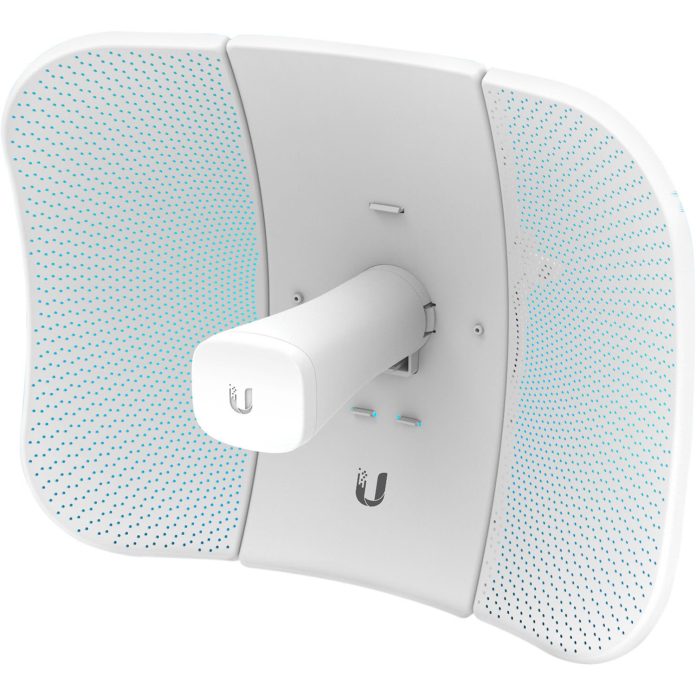We are having issues with wireless links on a commercial application. What’s odd is that there don’t seem to be any powerful sources of interference we can find. The site has many structures – several major ones are metal. Is it possible there is some shielding or reflections creating interference or nulls around the site?
A: I think you’re onto something here. Installations of wireless equipment can be effected by null points resulting from the reflection of RF signals. What’s happening is that the receiver gets a direct signal and a reflected out-of-phase signal at the same time. If this happens the receiver may cancel both signals.
Null points can be caused by metal objects located between transmitter and receiver. Other factors that may influence RF performance will be RF rich environments or jamming of the receiver by a powerful external source of RF. The sort of source we’re talking about would be a radio station’s antenna array or a repeater tower. Something else to consider is using directional links for challenging point-to-point connections. You may need to be creative with installation to get line of sight but the added reliability will be worth the effort.
There’s another issue to think about with RF, too. When battery powered devices are used in very cold climates (Australia and NZ highlands), battery performance will be impaired. Vulnerable sites are warehouses and other large or remote facilities that are not heated during the night. Reduced battery strength can result in frequency drift, hampering the sensor’s ability to pick up polling signals and instructions from the panel.
Be sure to use the recommended battery type and check the manufacturer’s minimum temperature figures before installation.
#sen.news









